Social Business Model Canvas for Melbourne Food Support Supermarket
VerifiedAdded on 2022/11/24
|12
|965
|362
Project
AI Summary
This document presents a comprehensive business model for a social supermarket, named Melbourne Food Support, designed to provide affordable household products to low-income individuals in Melbourne. The supermarket will operate as a non-profit organization, sourcing products from partner companies and utilizing volunteers. The target customer segment includes individuals and families below the poverty line, particularly women aged 35-55. The value proposition emphasizes access to essential goods at low prices, addressing the needs of those unable to afford products from mainstream supermarkets. The business model outlines key activities such as product sourcing, inventory management, and online and offline marketing. Key resources include physical, human, intellectual, and financial resources, with Coles supermarket identified as a direct business partner. The cost structure includes website funding, initial purchase capital, transportation, storage, and marketing expenses. Revenue streams will include product sales, special offers, and advertisements. The document also includes a reflection on the development process and the importance of understanding the target market. The business model canvas is used to illustrate the key components of the social enterprise.
1 out of 12
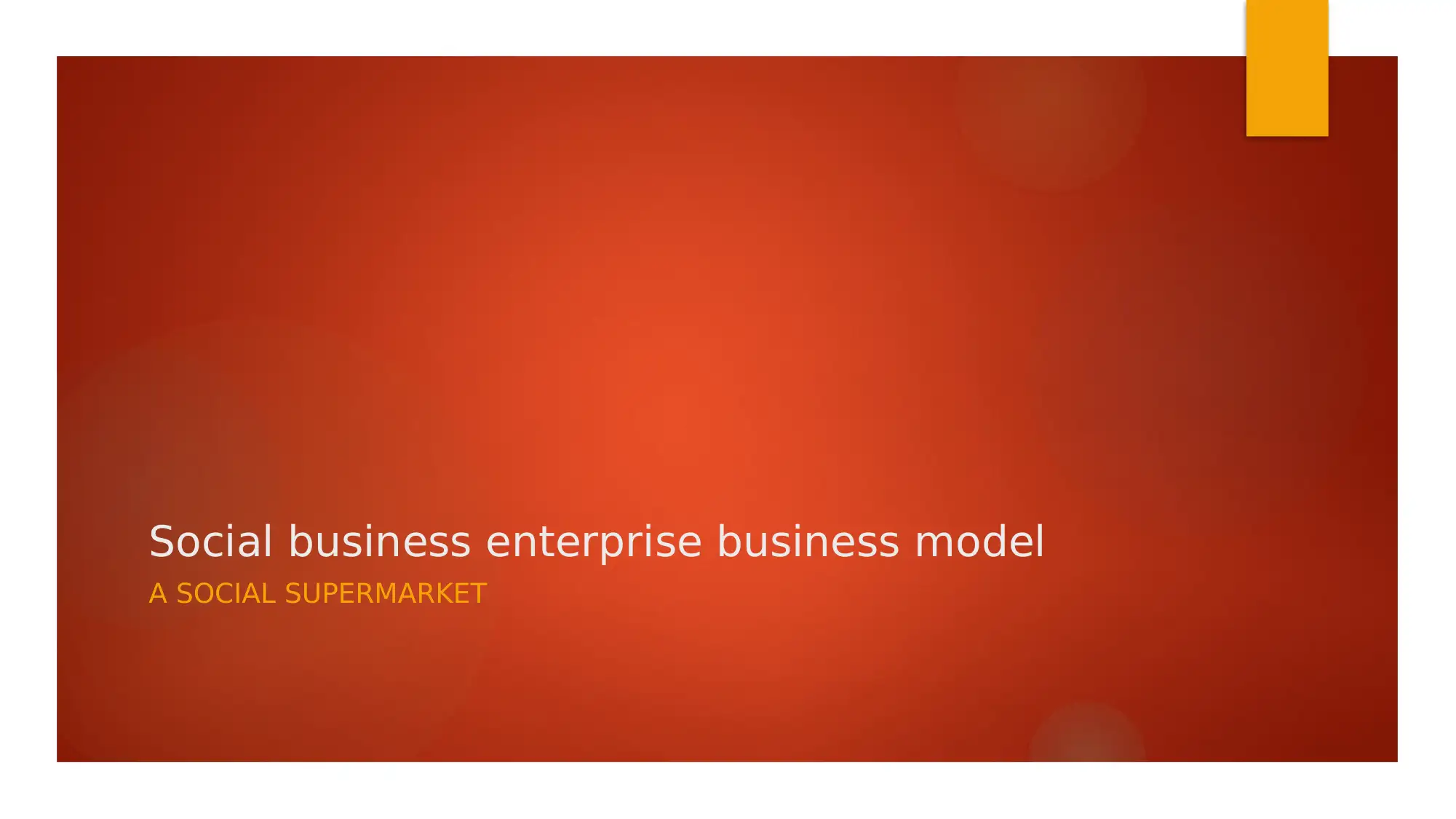
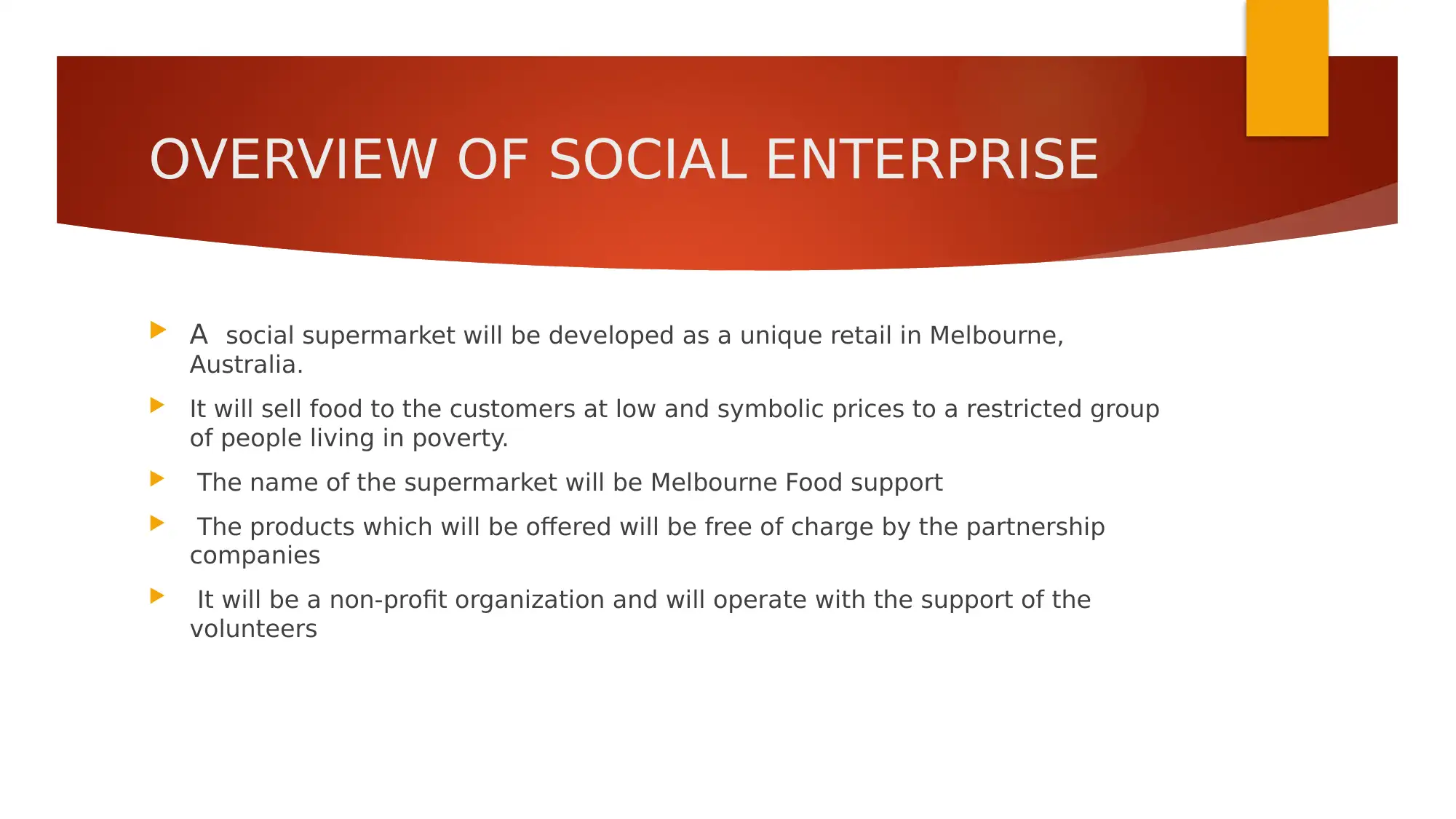
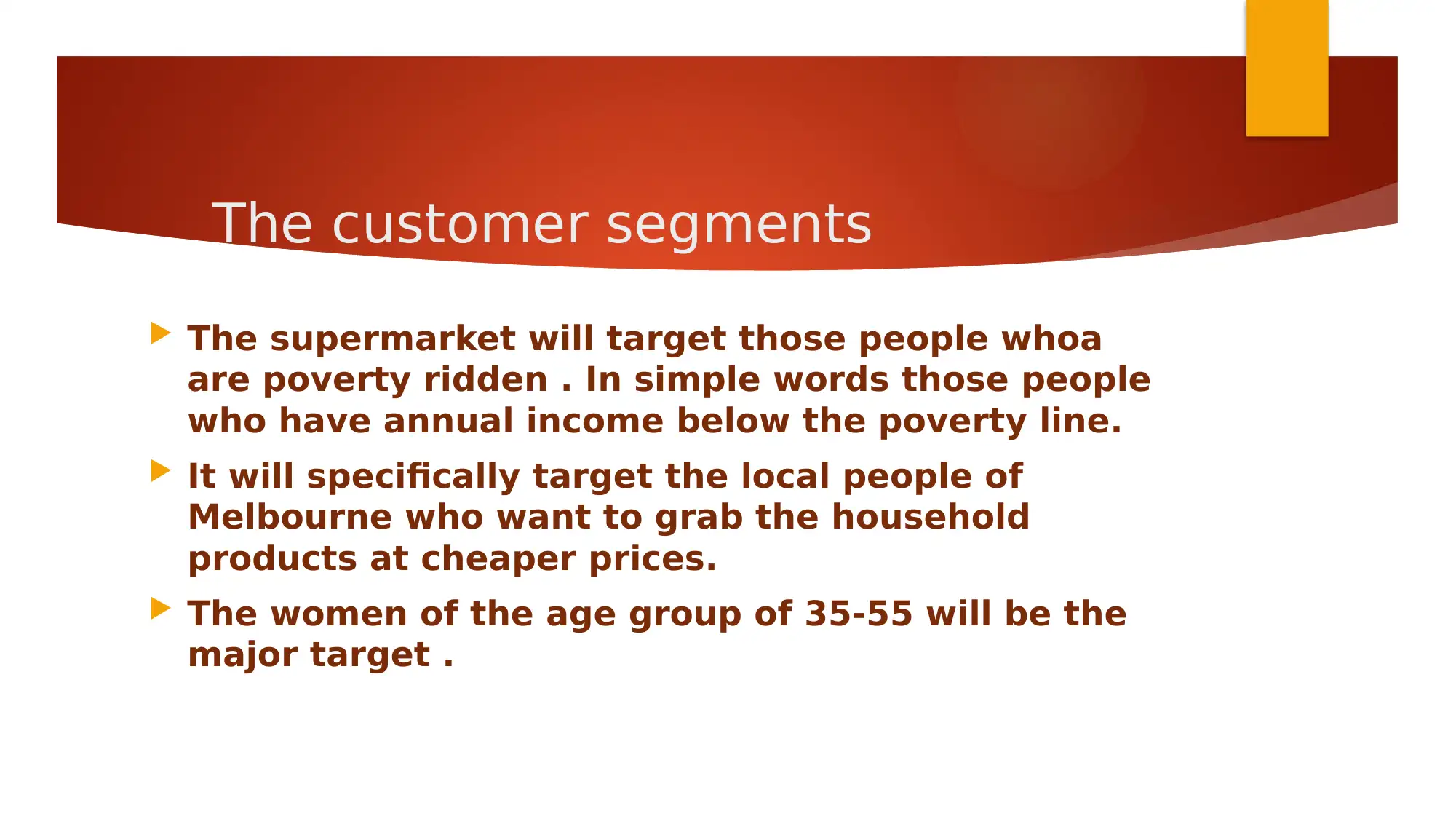

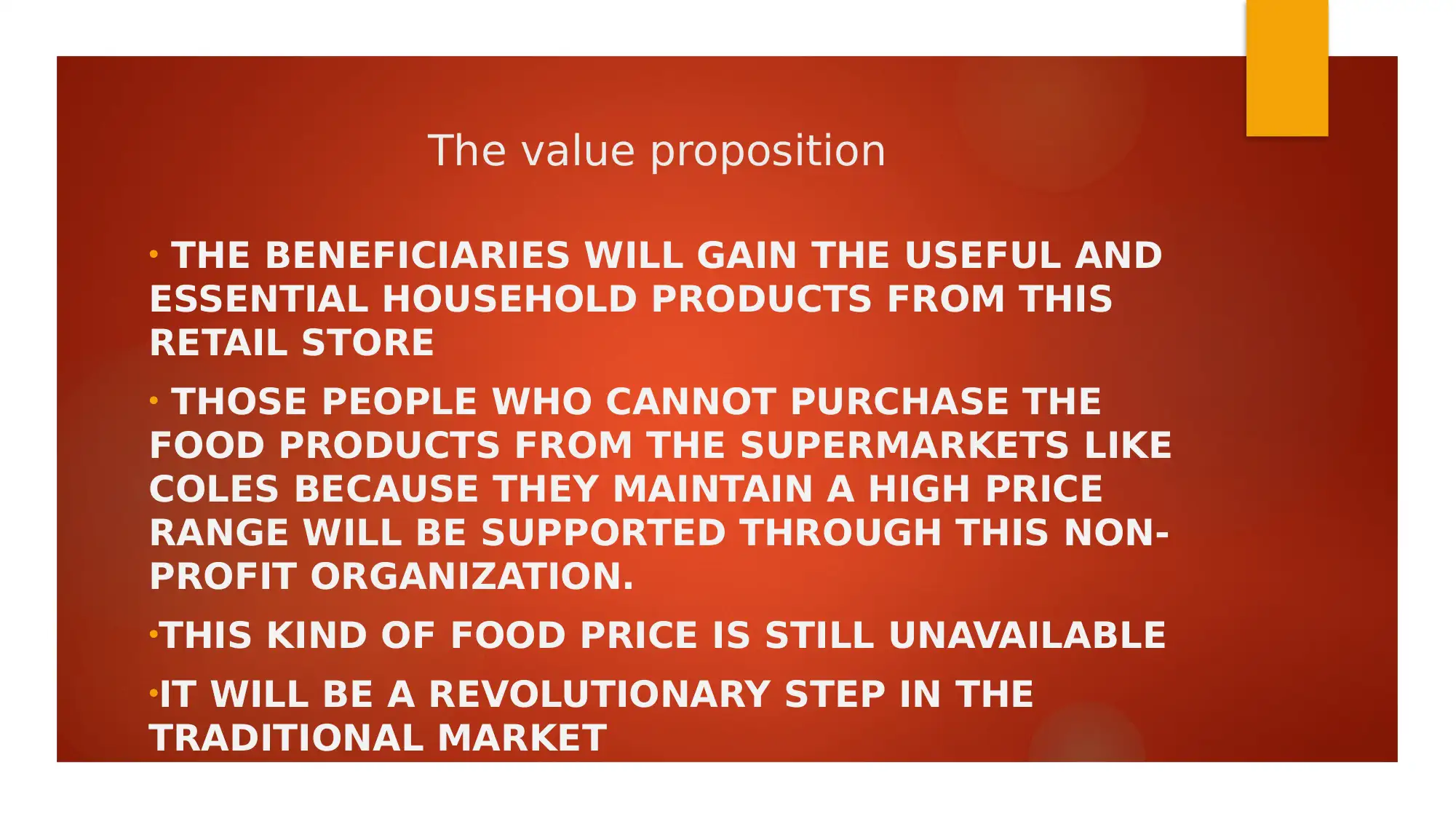
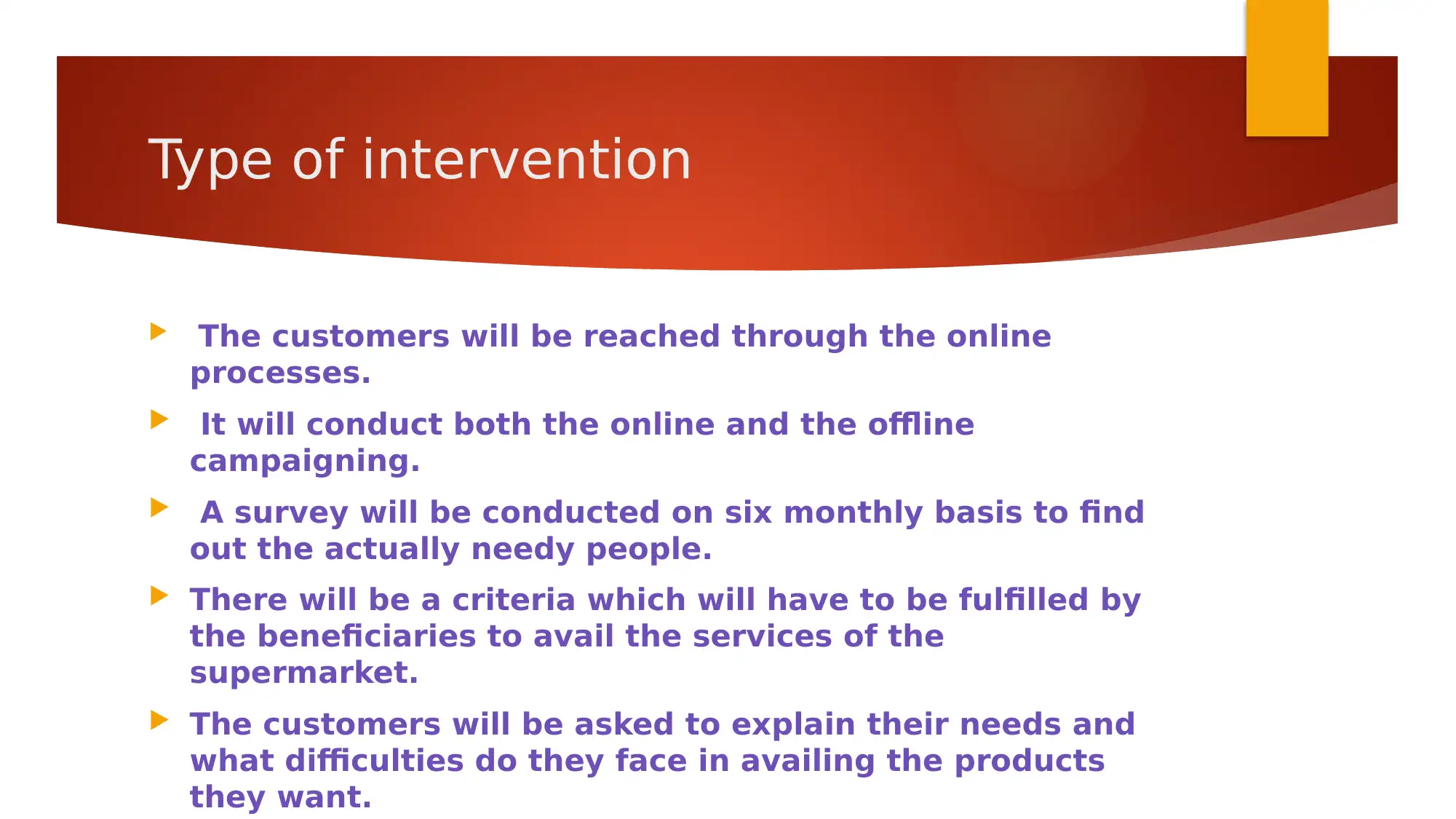
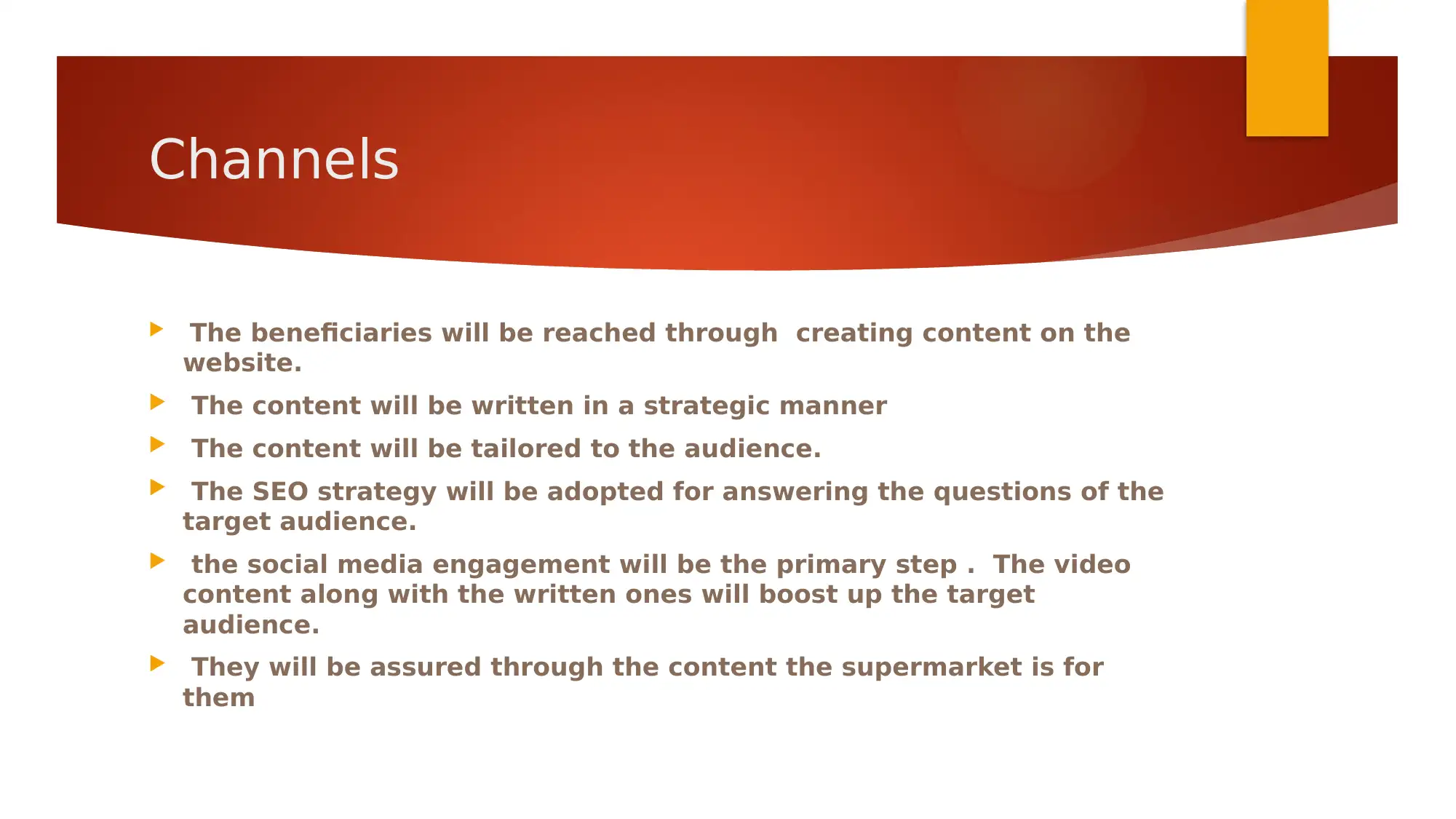
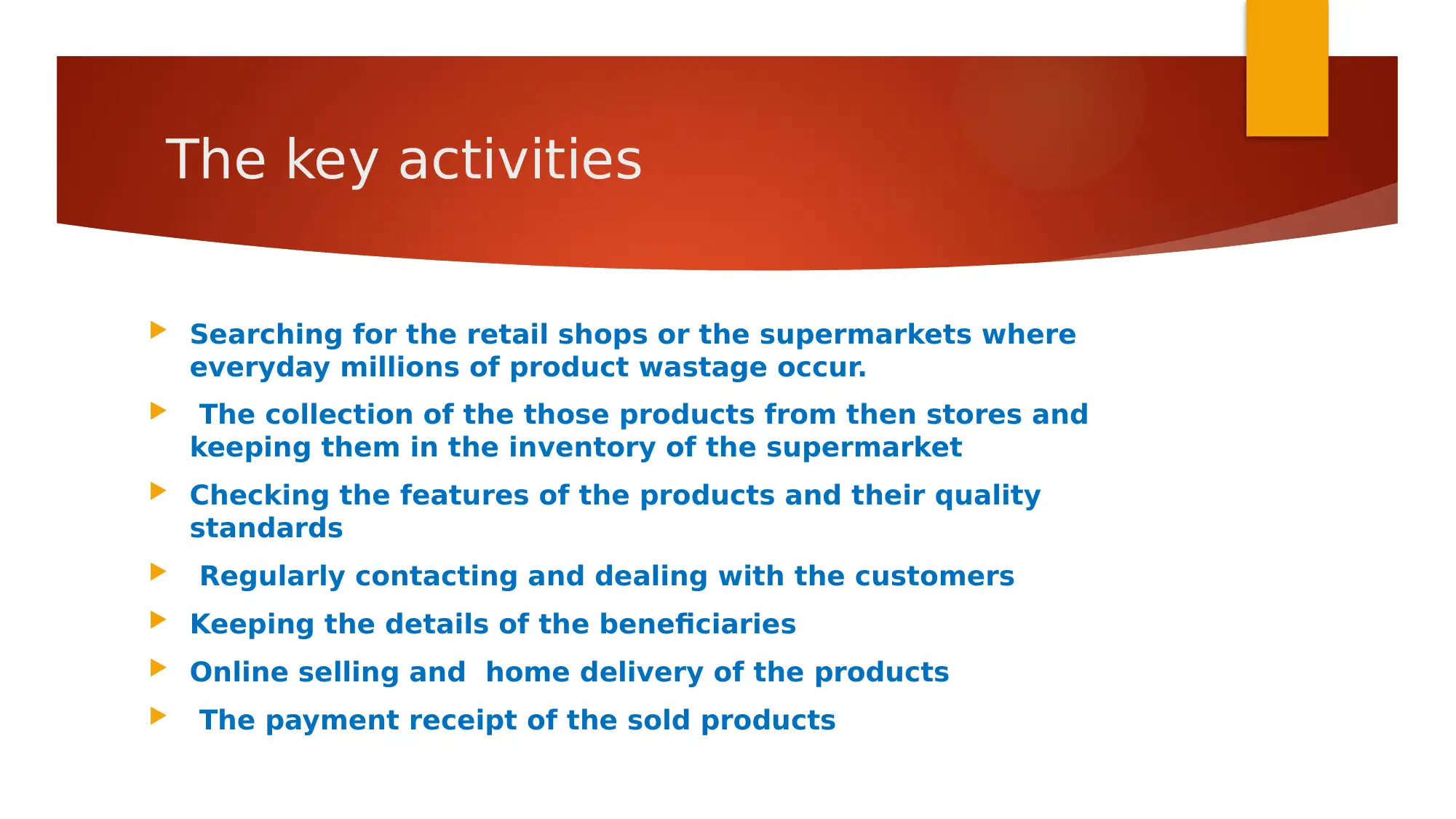
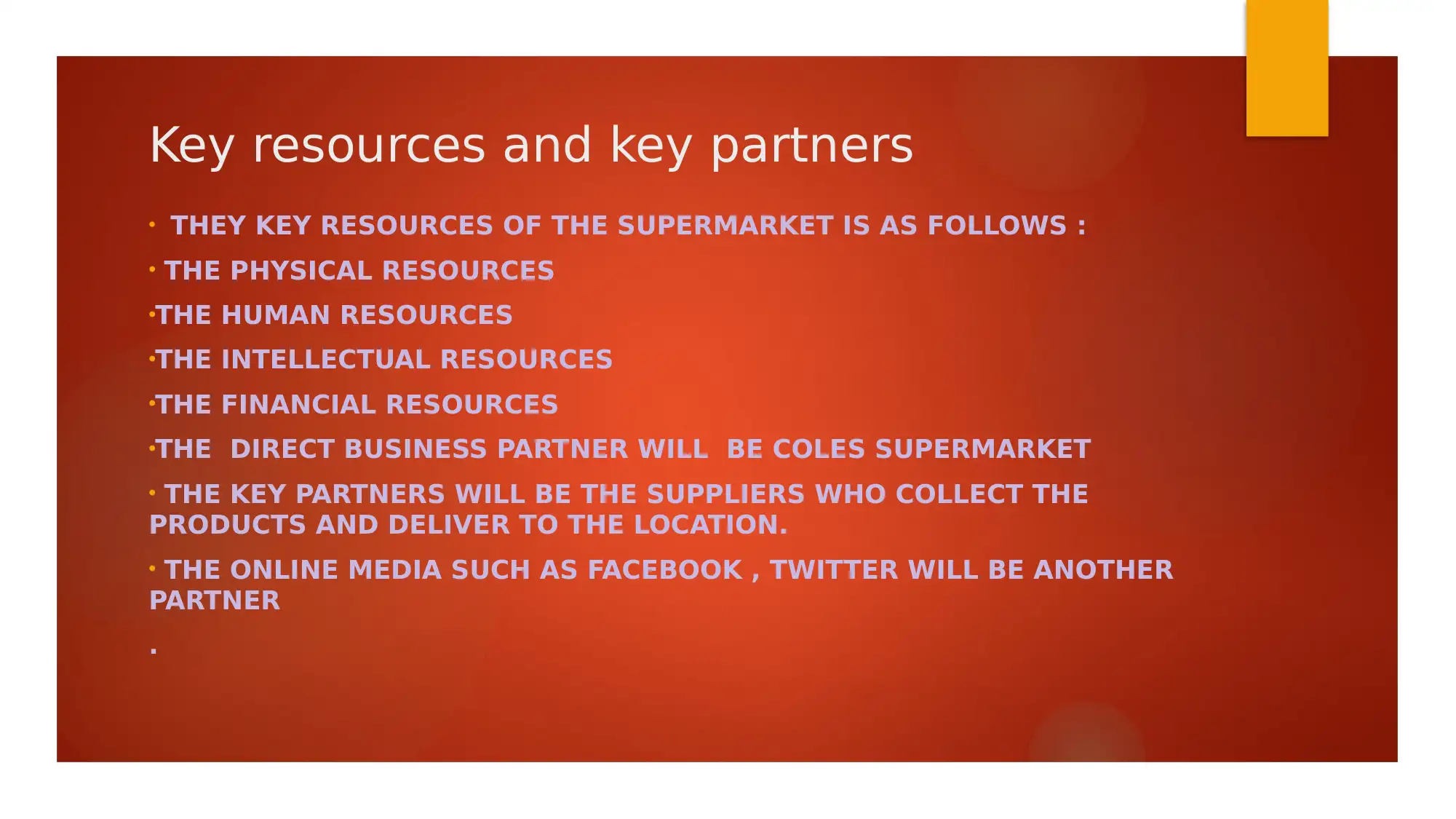
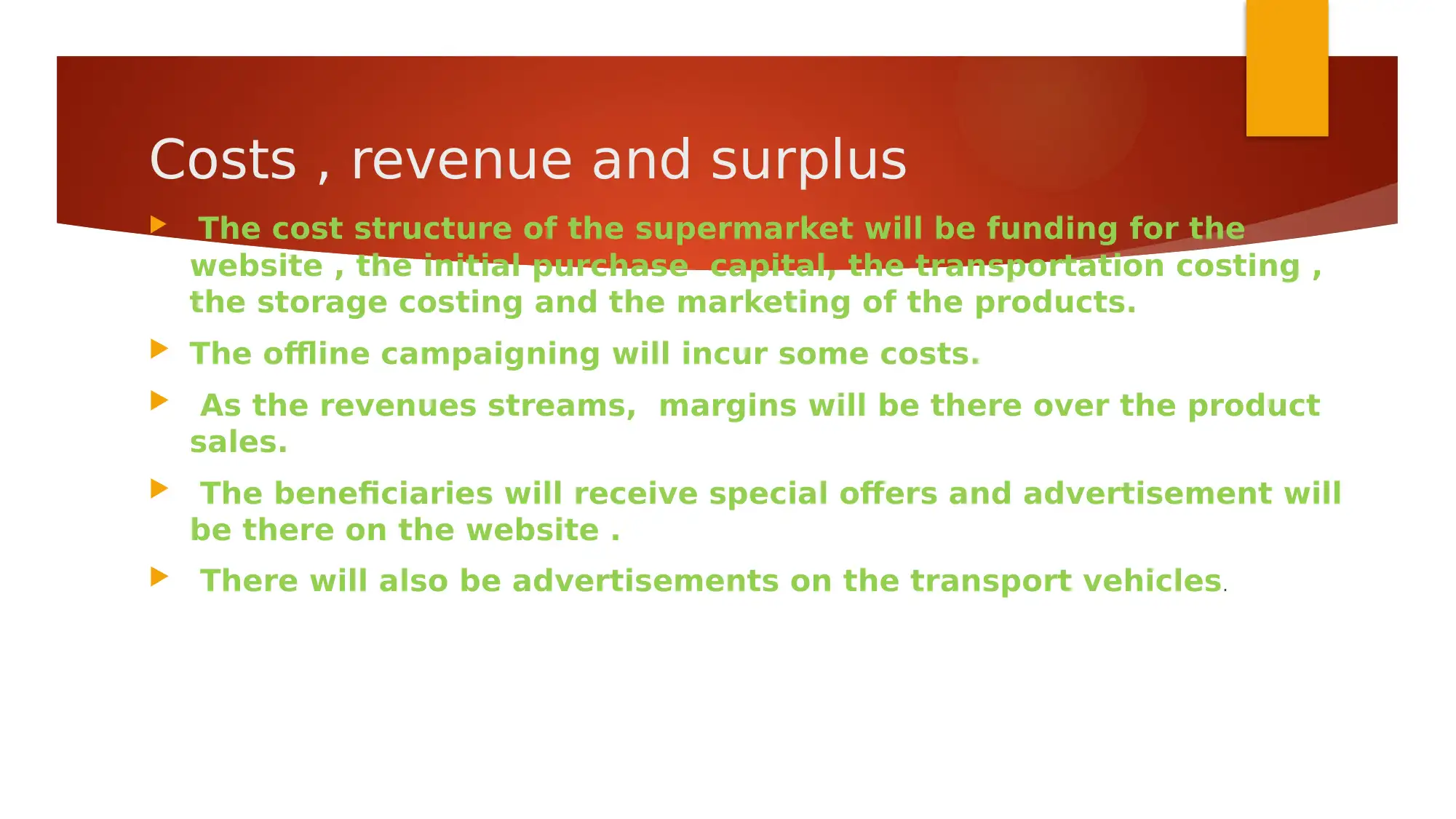
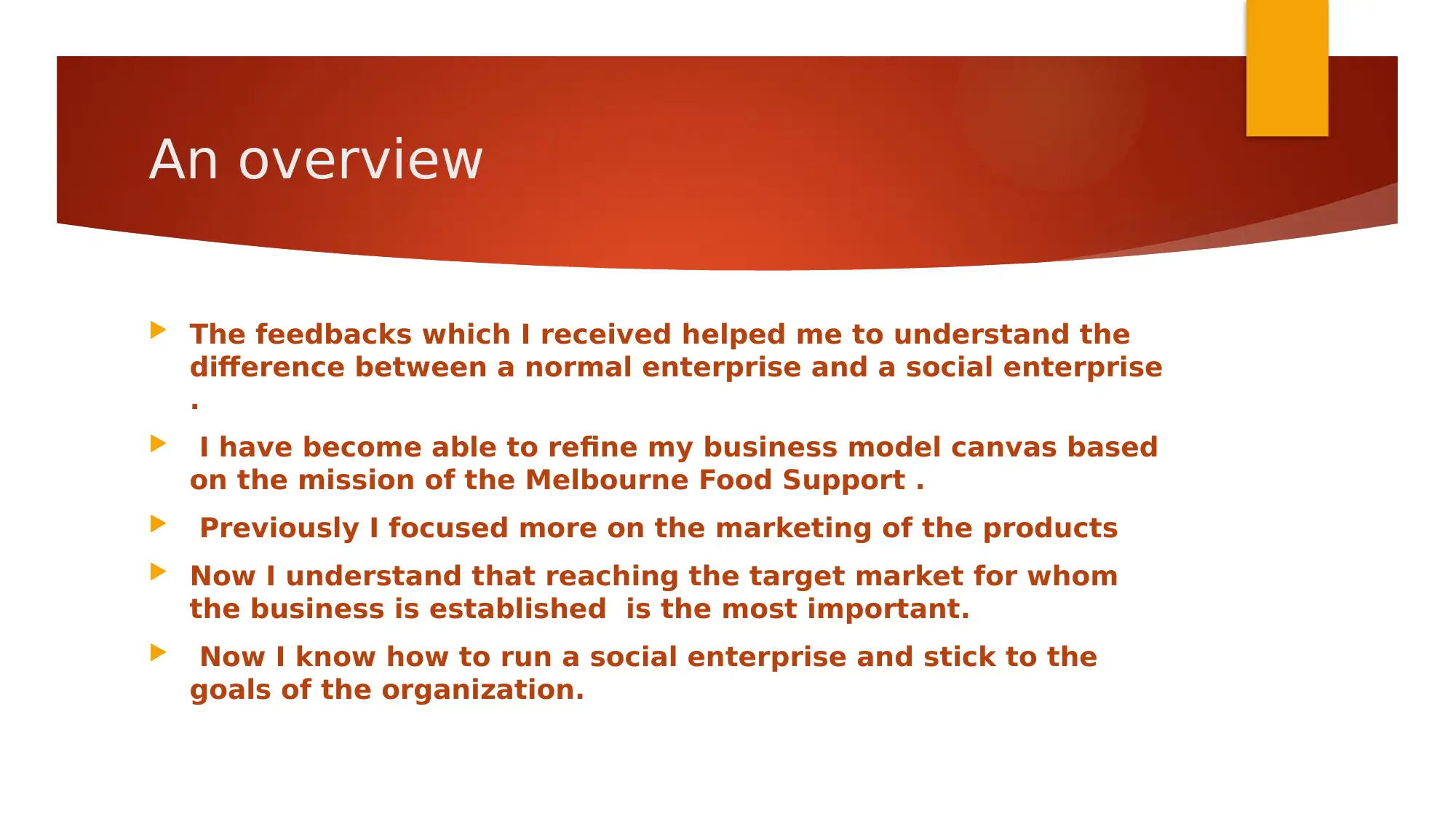
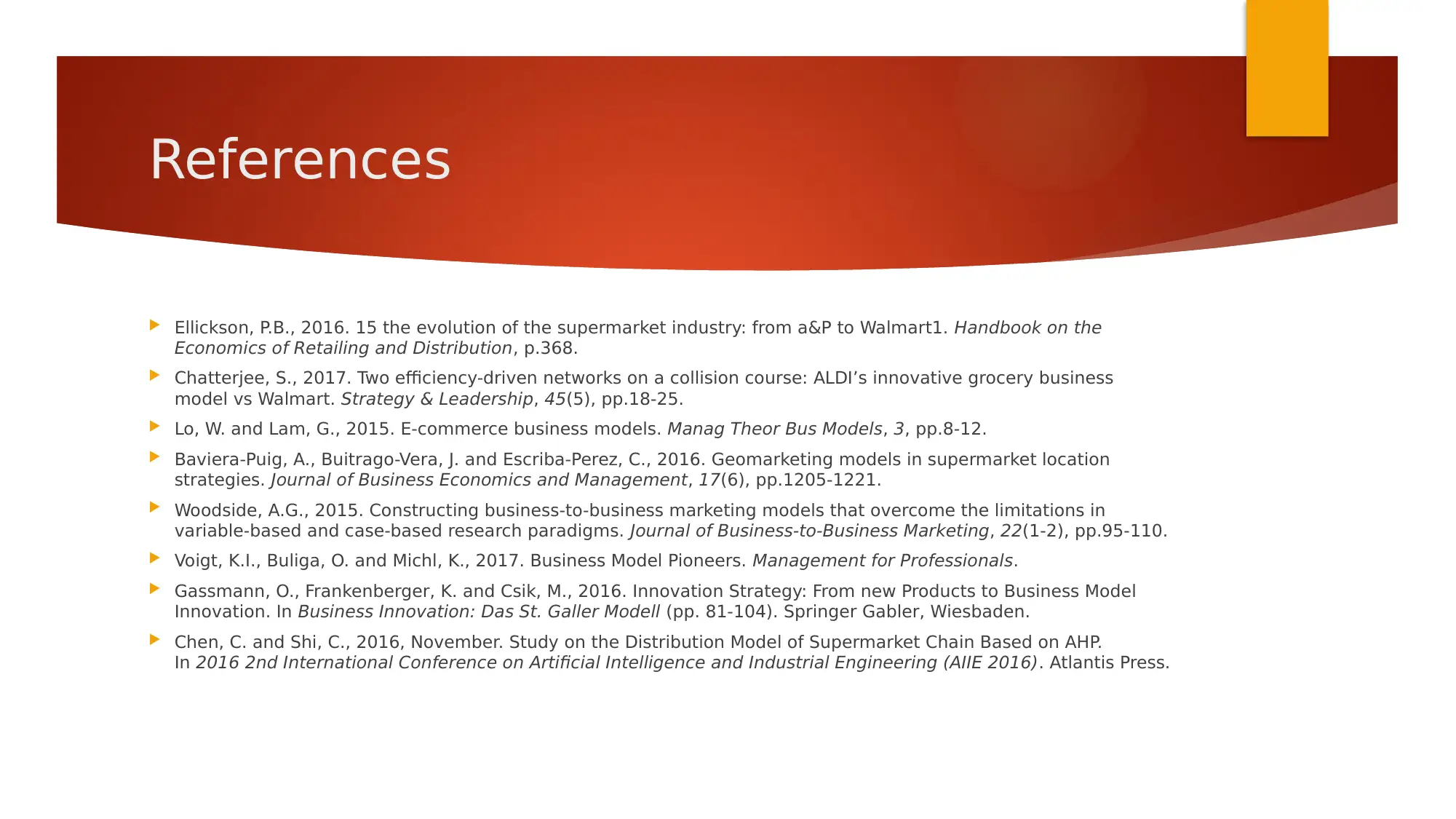






![[object Object]](/_next/static/media/star-bottom.7253800d.svg)